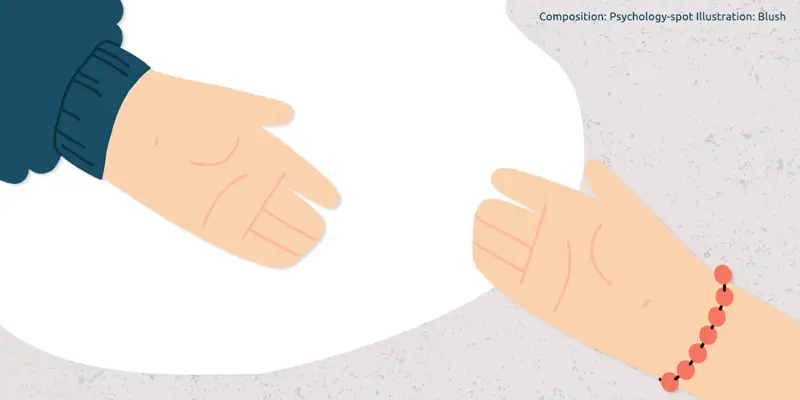
There is a help that really helps us, which takes us out of the quagmire in which we have gotten more or less consciously and prevents us from hitting the bottom emotionally. And there is another help that does not help, which can sink us even more, even if it seems paradoxical or difficult to understand. Differentiating one from the other will allow us to seek and give the right help.
The 3 types of aid that do not help
1. Imposed or anticipated help
Yes, there is an aid imposed from outside, an unsolicited help that, although it may be accompanied by good intentions, does not always yield good results. In order for the aid to be effective and developmental it is important that the person recognizes that he has a problem and needs a hand to solve it.
Without awareness of the problem, it is quite likely that the help we provide will be wasted. That kind of punctual help can be used to cover a hole, but it will not prevent new and larger ones from forming.
Recognizing that we have a problem and need help in dealing with it implies that we have reflected on our circumstances and have carried out a process of introspection on our psychological resources. Sometimes, preventing the person from going through this process by providing early help means taking away an essential part of learning, without which, it is easy to stumble on the same stone again.
2. Excessive or limiting help
Yes, there may also be excessive help. The help is excessive when it is limiting, when instead of facilitating the development of the person it restricts it. Helicopter parents, for example, who try to anticipate all their children’s problems and solve them in their place, provide excessive help that ends up being limiting.
The help is excessive when it goes beyond what is necessary and subtracting weight from the shoulders of the other, we also erase the responsibility of the person with the situation he’s going through and with his own growth. Often this help involves seeing the others as if they were vulnerable children and unable to fend for themselves, seeing ourself as a “savior.”
This help is limiting because, on the one hand, it prevents the person from developing his own abilities to solve conflicts and problems and, on the other hand, prevents him from taking responsibility for his decisions.
3. Decontextualized help
At least two people are involved in any aid situation, which means that the aid always implies a more or less explicit process of “negotiation”. One person experiences a need or lack and another tries to help him fill it. The problem is that sometimes the person trying to help does not understand – or does not want to understand – what is the best way to help.
In decontextualized help, the person who needs a hand is prepared to receive and take advantage of that help, but who is not prepared to help is precisely the person who must give help. Thus, this person ends up providing unnecessary help that does not solve the problem.
In many cases behind this type of help lies the idea that the other does not really know what he needs, so that the person does not do what he’s been asked for but something else. For example, a daughter asks her mother to help her find catering companies for her wedding, but the mother decides to go one step further and hires a company on her own. In this way, not only she didn’t help but has created a problem because if the couple does not like it, they will have to terminate the contract, which is added to a list of tasks that was already long enough.
The 5 conditions for help to really help
1. Help that makes you think. The really valuable help is one that makes us reflect on the problem, to look for its causes, learn the lesson and not make the same mistakes again. It is a mature analysis process that allows us to grow.
2. The developing help. Helping is not giving a fish to a man when he is hungry, but to teach him how to fish. Therefore, the beneficial help is one that allows us to develop our skills or learn something new.
3. Help that takes individuality into account. The help that helps takes the other into account, puts himself in his place and tries to understand what is the best way to give him a hand, according to his characteristics and circumstances.
4. Help that comes at the right time. Neither too early nor too late, the most effective help is the one that arrives at the right time, so that we can value it in all its breadth.
5. The empowering help. When someone solves the problems in our place, even if he takes us a weight off, we will remain with a bad taste in our mouth. Valuable help, on the contrary, empowers us and gives confidence because it is a process through which we grow and assume an active role in the solution.



